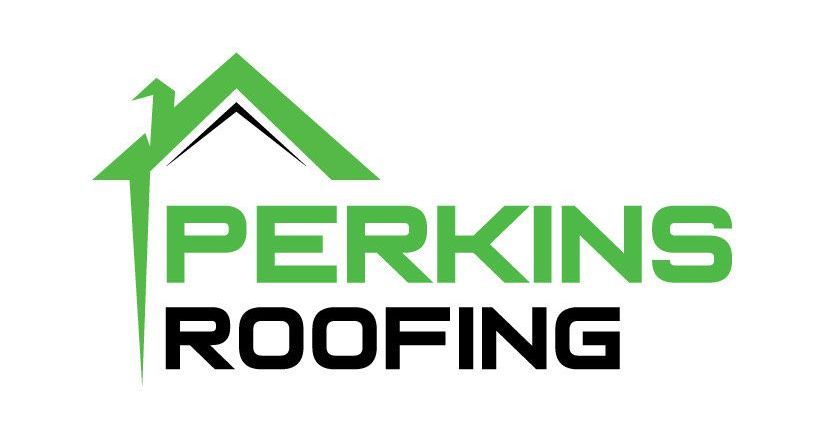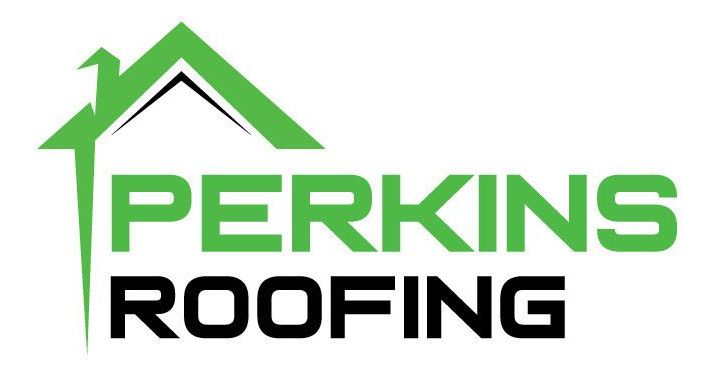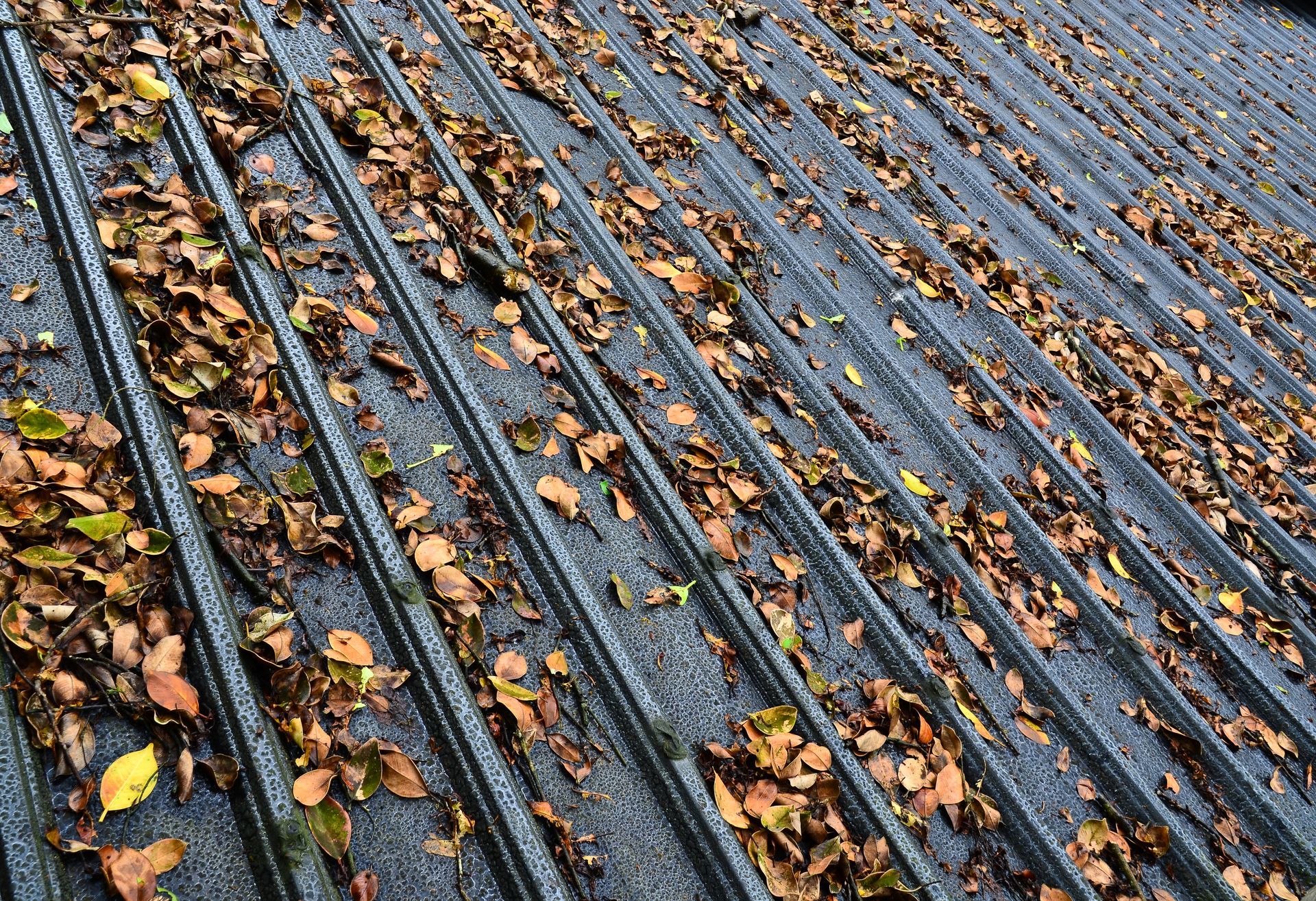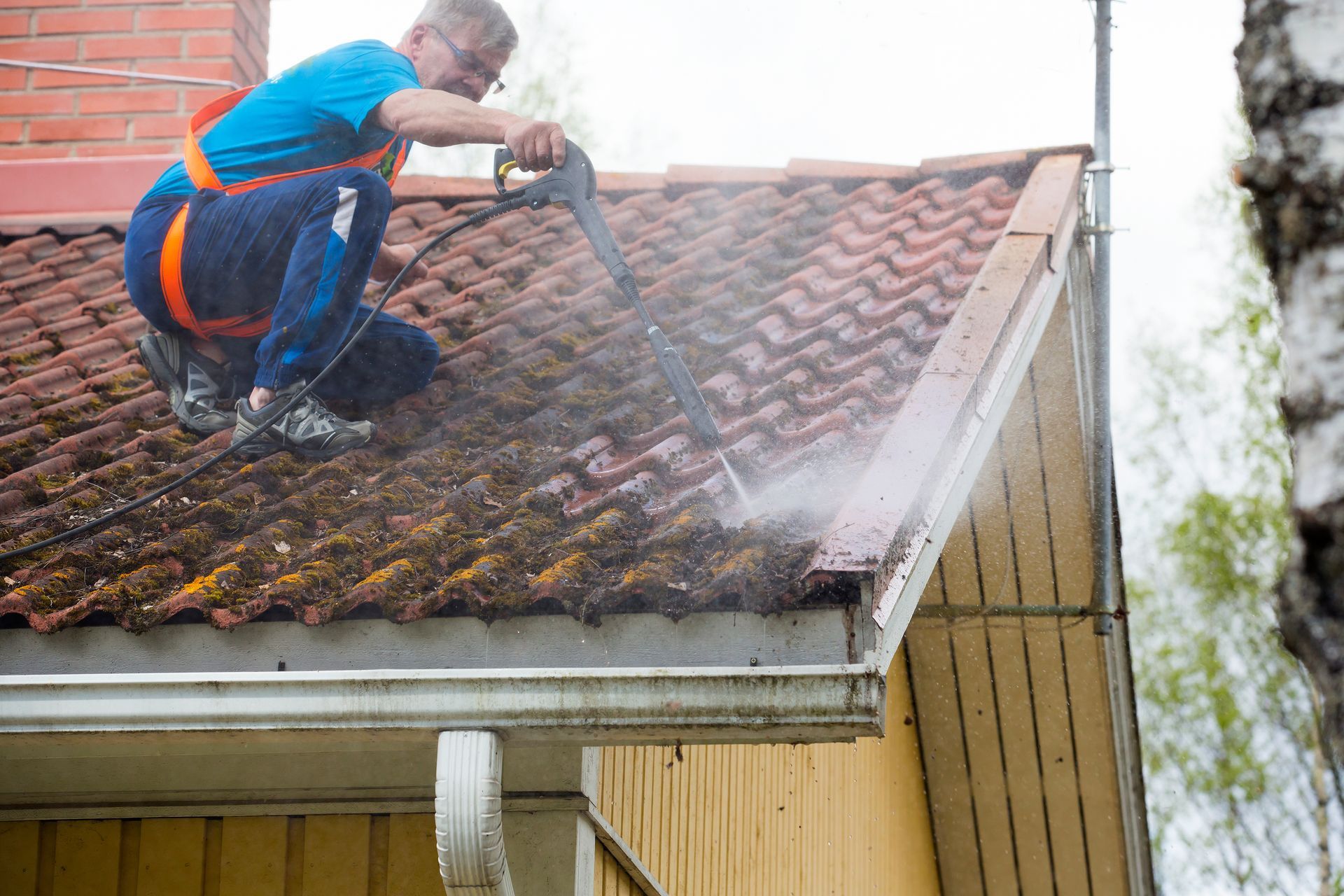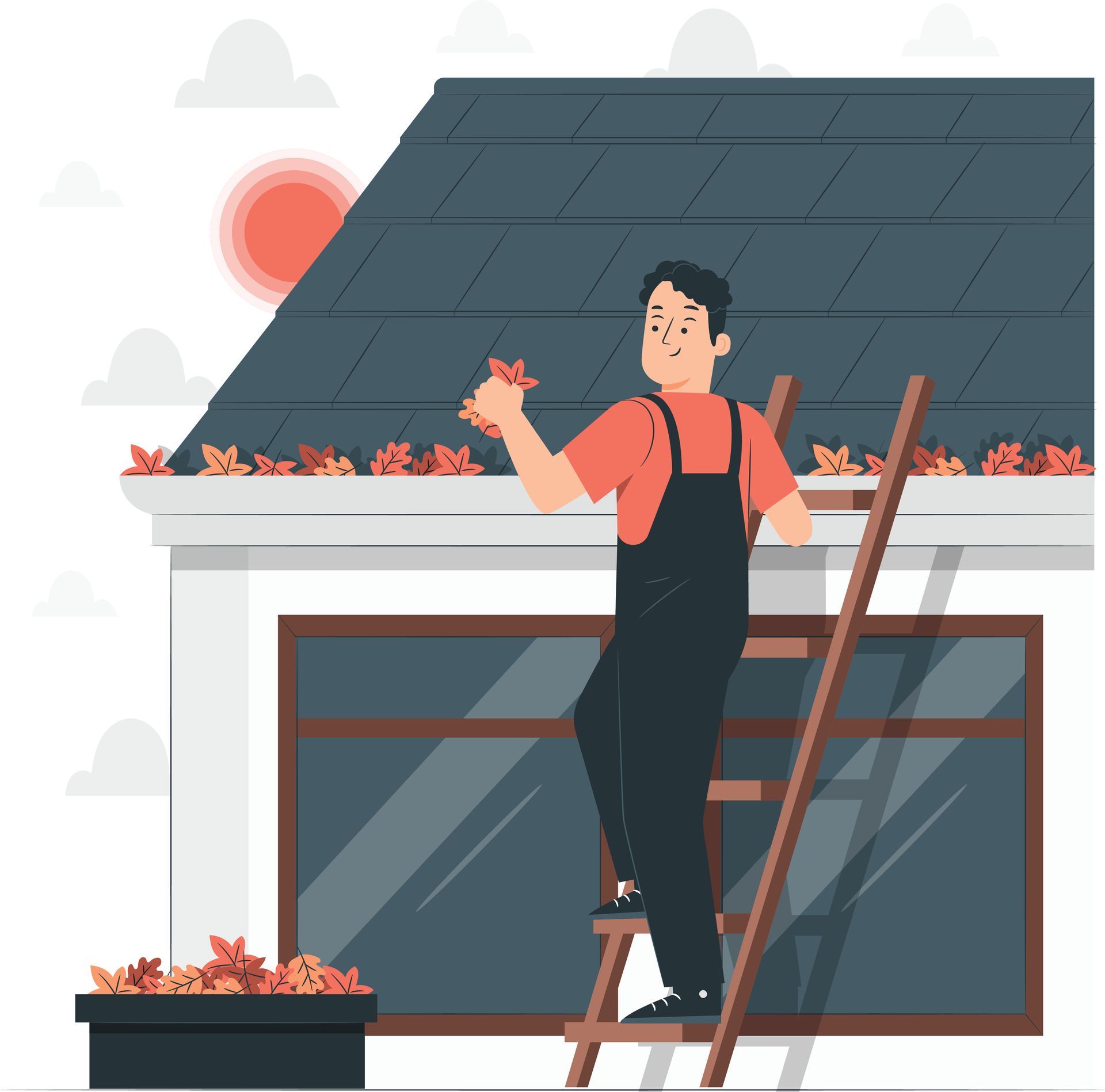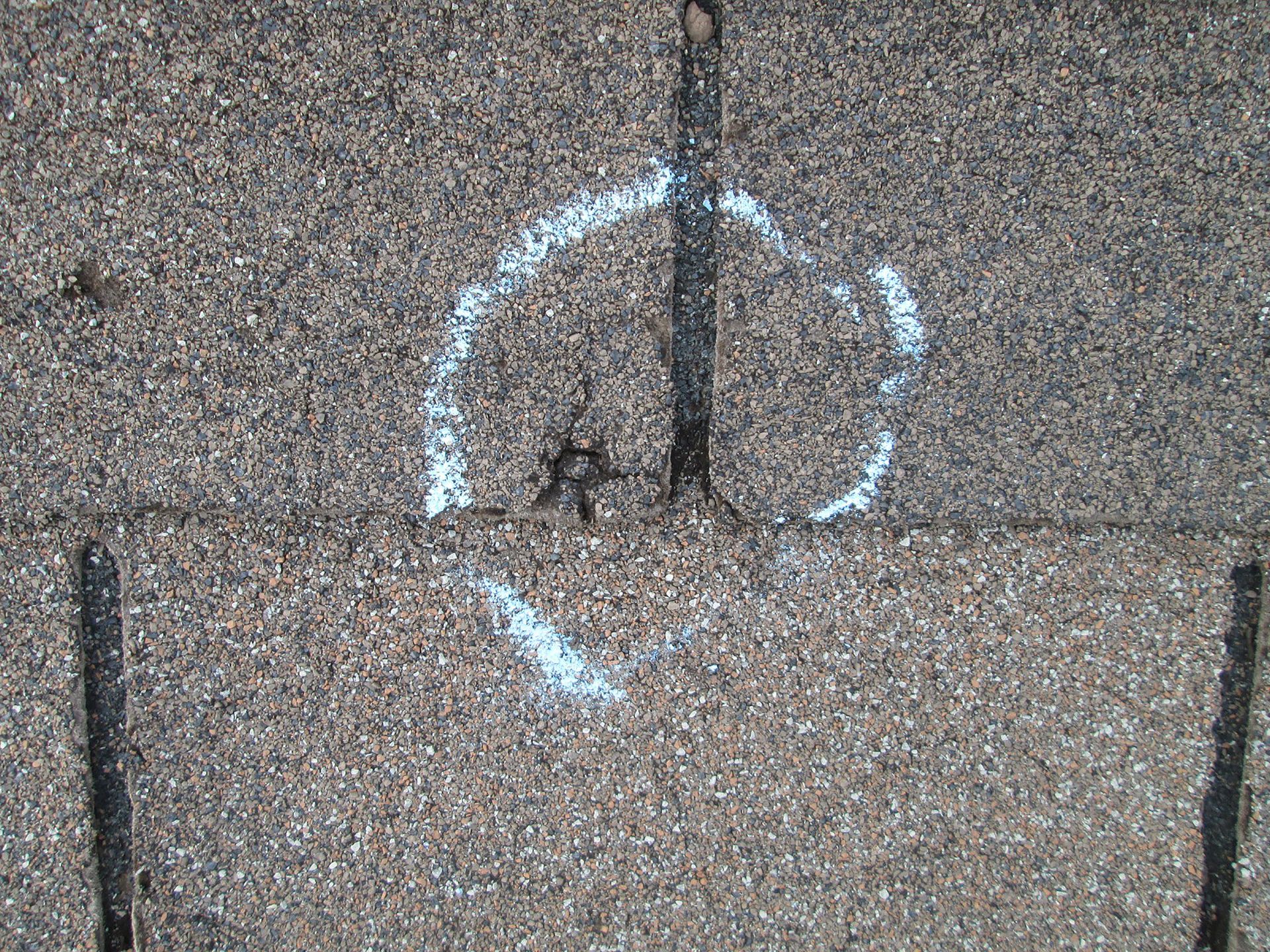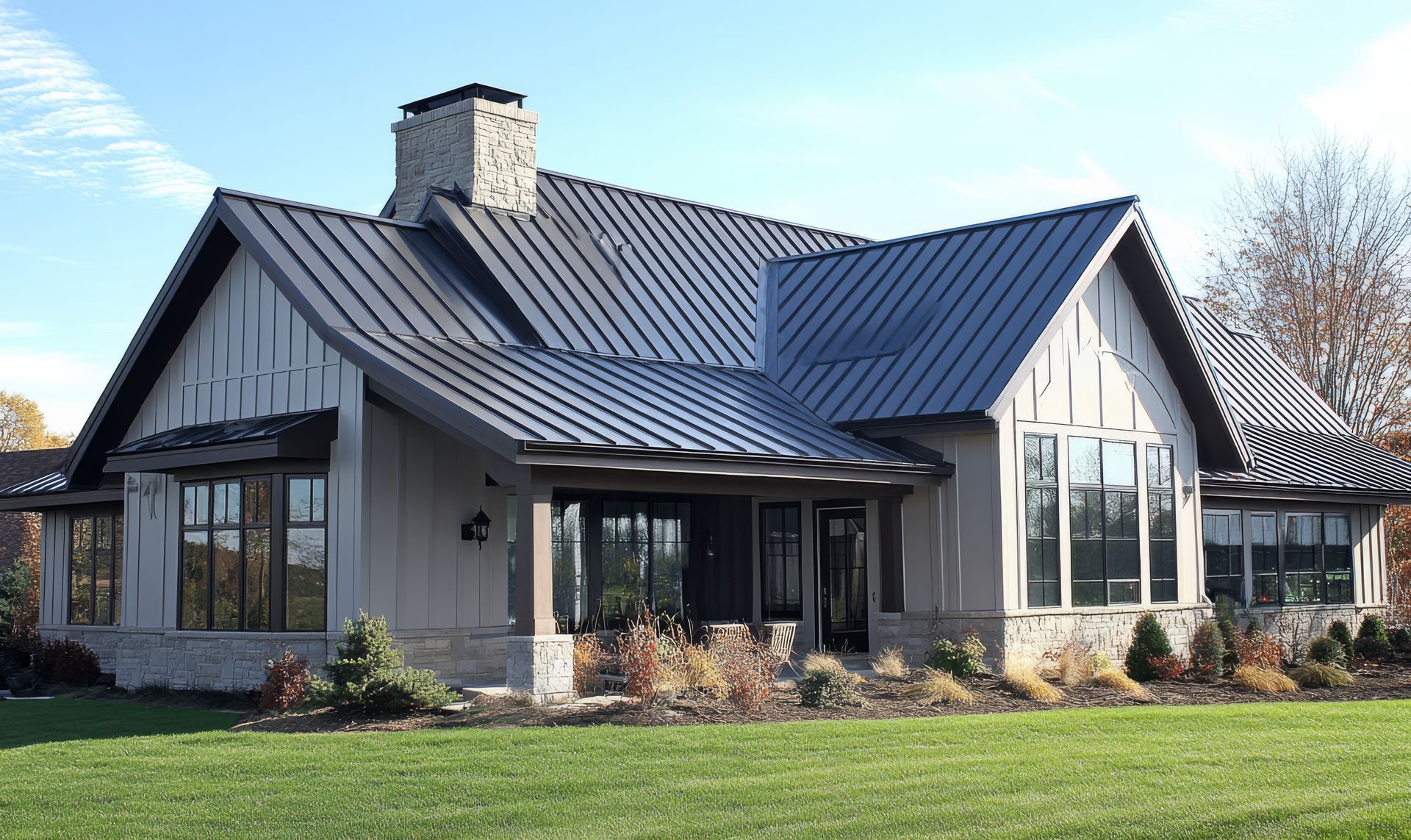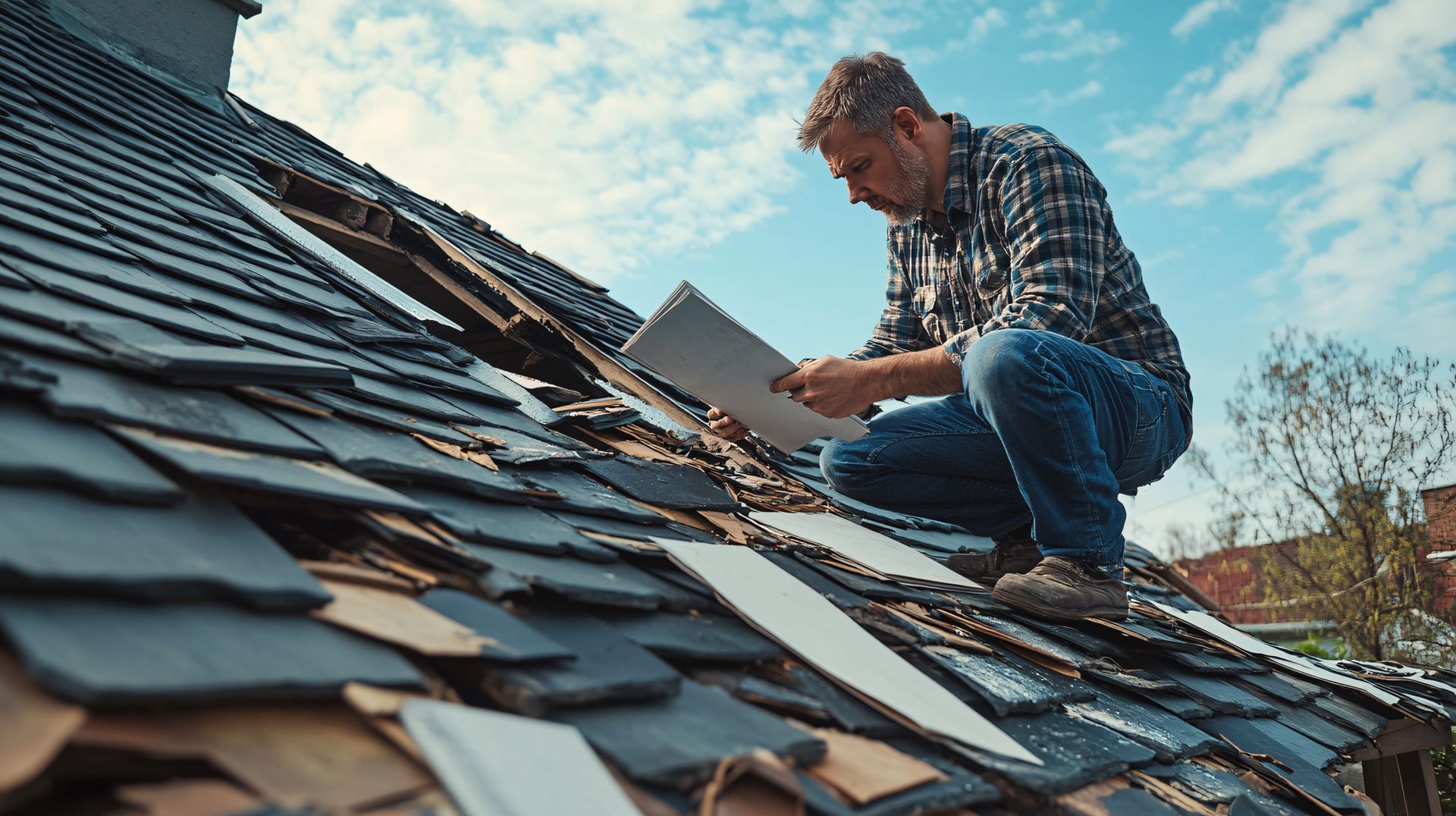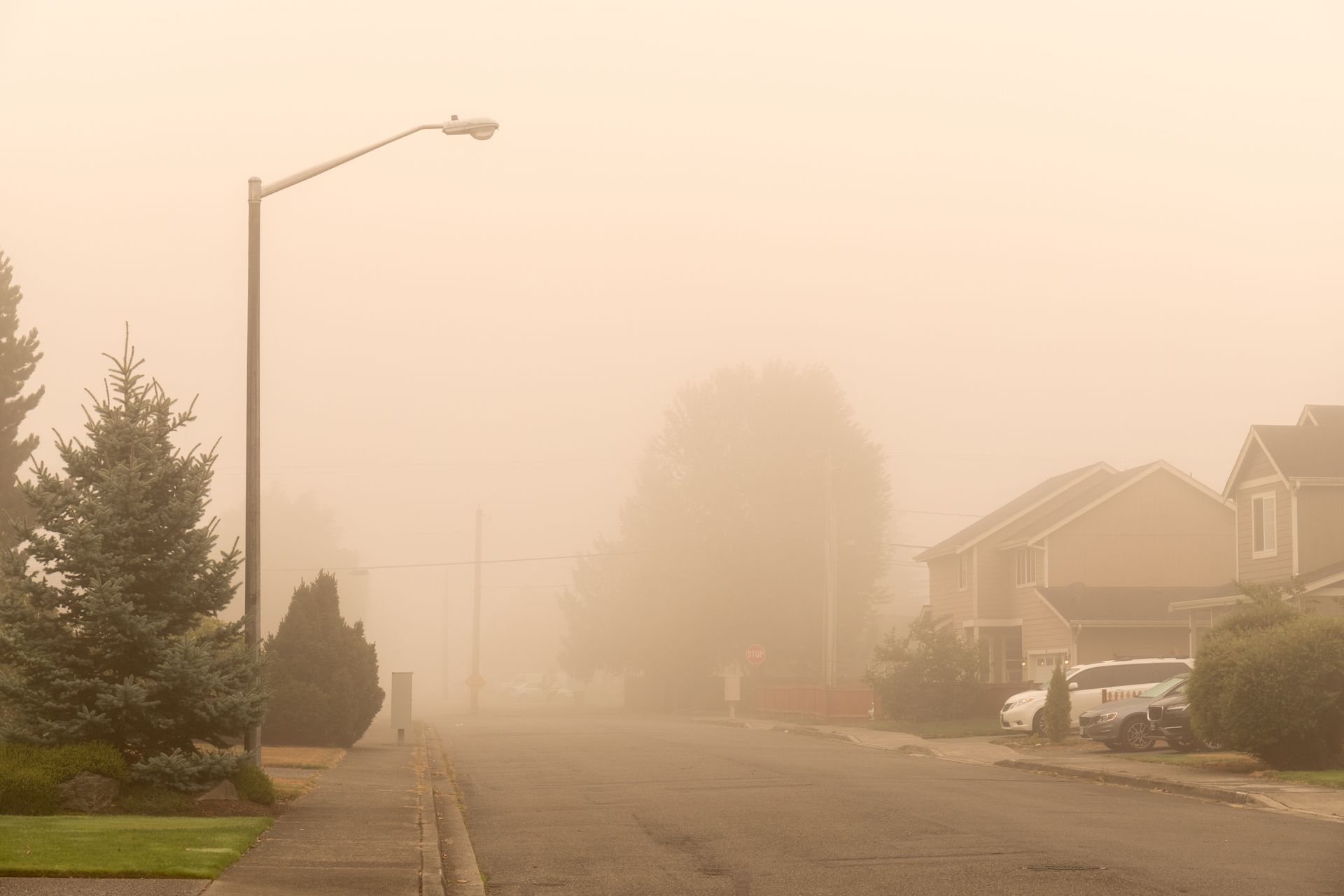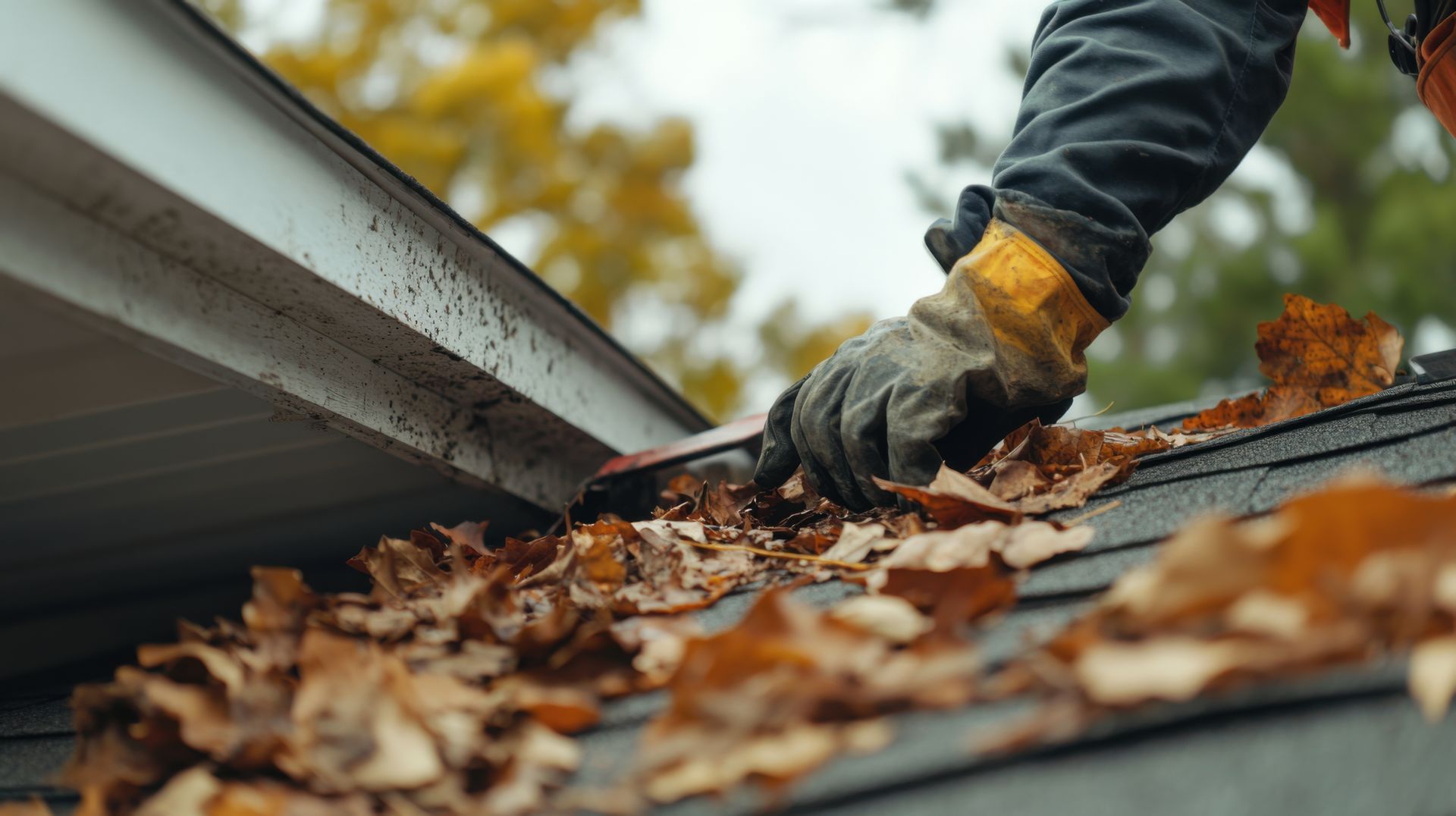How Storm Damage Affects Roof Longevity and When to Consider Replacement
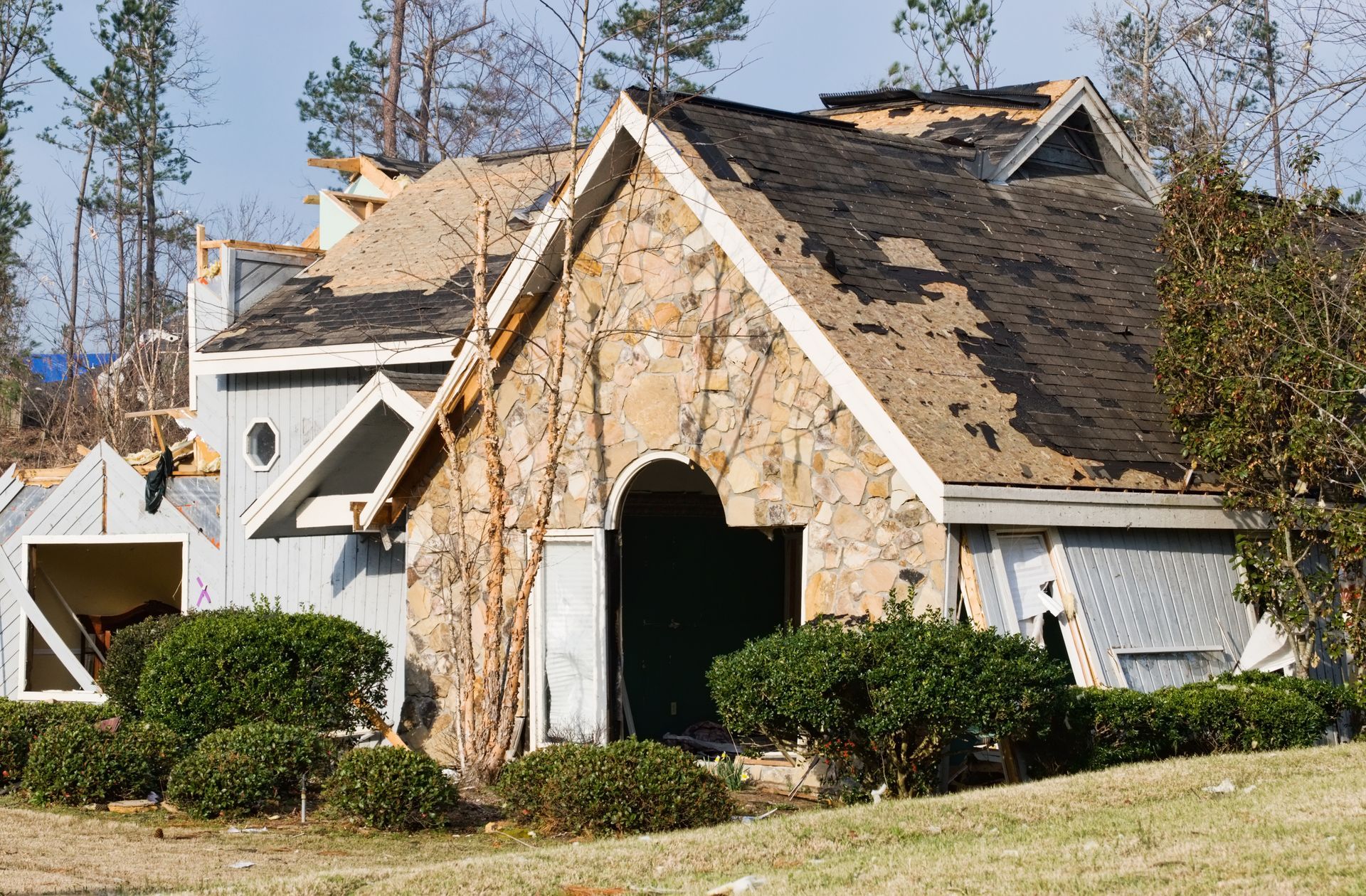
Roofs are one of the most important structural elements of any home, providing shelter, insulation and protection from the elements. However, over time, exposure to harsh weather conditions such as wind, hail and rain can gradually degrade even the most durable roofing materials.
Knowing how storm damage impacts your roof's lifespan, as well as knowing when to consider repairs or a full replacement, is key to maintaining the integrity of your home.
Types of Storm Damage and How They Affect Roofing Materials
Roofs are designed to withstand a wide range of weather conditions, but over time, constant exposure to storms can weaken the materials. Different types of storms cause varying levels of damage. Some effects may not be immediately noticeable but will contribute to the roof’s gradual deterioration.
Hail Damage
Hailstorms can be particularly destructive, with hailstones ranging from pea-sized to golf ball-sized, or even larger in rare cases, causing major damage to different roofing materials.
On asphalt shingles, hail can bruise or crack the surface. While bruising may not always be visible, it compromises the shingle's ability to protect your home, leading to leaks and further damage over time.
On tile roofs, hail can cause chipping or cracking, which shortens the roof’s lifespan. Even small cracks in tiles can allow water infiltration, which worsens with freeze-thaw cycles.
Hailstorms often result in the loss of granules on asphalt shingles. These granules serve as a protective layer against UV rays. Once they’re stripped away, the shingles are more exposed to sunlight, accelerating wear and increasing the likelihood of roof leaks in the future.
Wind Damage
High winds can lift and curl shingles, loosening them and leaving the underlying roof deck vulnerable to moisture. In severe cases, shingles may be torn off entirely. Winds also exert pressure on roofing materials, weakening their adhesive bonds over time. This is particularly concerning for asphalt shingle roofs, which rely on overlapping layers for protection. Once a layer is compromised, water can easily penetrate.
Tile and metal roofs may suffer from displacement due to high winds, especially if fasteners or adhesive seals weaken over time. While some of this damage might not be immediately visible, windstorms can shorten the lifespan of a roof if the damage goes unnoticed or unrepaired.
Water Damage
Storms that bring heavy rain can lead to water pooling on flat roofs or sections of roof with a low grade, which stresses roofing materials. Poor drainage, caused by clogged gutters or valleys, also exacerbates water damage.
Repair vs. Replacement: How Roofers Assess Storm Damage
After a storm, it’s crucial to have your roof inspected by a professional roofer who can safely assess the extent of the damage. Roofers will look for specific signs of wear and deterioration that will determine whether a simple repair will suffice or if a full or partial replacement is necessary.
They also know how to perform inspections safely while minimizing the risk for injuries and damage to roof materials. It’s always best to leave storm damage roof inspections to trained roofers who know what to look for.
What Roofers Look For:
- Shingle or tile bruising or cracking: On asphalt roofs, roofers will assess if the shingle damage is severe enough to compromise water protection. Bruised or cracked shingles, especially those missing large sections of granules, may require replacement. For tile roofs, roofers will check for cracked or chipped tiles, which, if extensive, might justify a more comprehensive repair or replacement.
- Missing or lifted materials: High winds often result in dislodged or lifted shingles, tiles or metal sheets. Roofers will examine whether the damage is limited to a small area or widespread across the roof.
- Water infiltration and mold: Roofers check for signs of water damage, including leaks, wet spots and mold growth in your attic or ceilings. Water stains may indicate a serious issue that warrants a roof replacement, especially if the structural integrity has been compromised.
- Soft spots or sagging: Soft spots or sagging areas in the roof decking are red flags that water has penetrated through the roof’s surface layers. These signs often indicate underlying structural damage that may require a complete roof overhaul.
When to Repair:
- Minor storm damage, such as a few cracked shingles or tiles, can often be repaired without requiring a full roof replacement. This is particularly true if only isolated areas are affected.
- Small patches of missing shingles or minor granule loss may also be repaired, especially if the roofing material is relatively new and still has a decade or more of life left.
When to Replace:
- Widespread damage across large sections of the roof such as missing or severely damaged shingles may call for a full roof replacement.
- If hail or wind damage has significantly reduced the protective qualities of your roof’s materials, replacement is often the more economical long-term solution.
- A roof that is nearing the end of its typical lifespan (20 to 25 years for asphalt shingles) and suffers storm damage is a prime candidate for replacement.
Signs Homeowners Can Spot from the Ground
While it’s tempting to try and climb onto your roof and inspect it after a storm, it’s important to leave the detailed assessment to professionals. Walking on a storm-damaged roof can cause more harm than good, and there is also a huge risk of falling. That said, you can perform a basic assessment from the safety of your driveway or backyard by looking for the following signs:
- Missing or curled shingles: Look for shingles that are clearly out of place or missing.
- Granule loss:
Check your gutters and downspouts for an excess of granules. If you notice a significant buildup, it’s a sign that your shingles have been damaged by hail or heavy rain.
- Water spots: Check your ceilings or attic for signs of water leaks or stains. Even small spots can indicate a larger issue brewing on your roof.
Some features, like damaged flashing, can be difficult to spot from the ground, which is why it’s often best to call an experienced storm damage roof inspection team after a storm for a free evaluation.
Top-Notch Roofing Solutions in The Woodlands
If you suspect your roof has been damaged by a recent storm, you need a professional roofer for a thorough inspection and assessment.
Let our experts at Perkins Roofing make sure your roof remains strong and secure for years to come. Contact us today here on our website or give us a call at (832) 702-0201.
